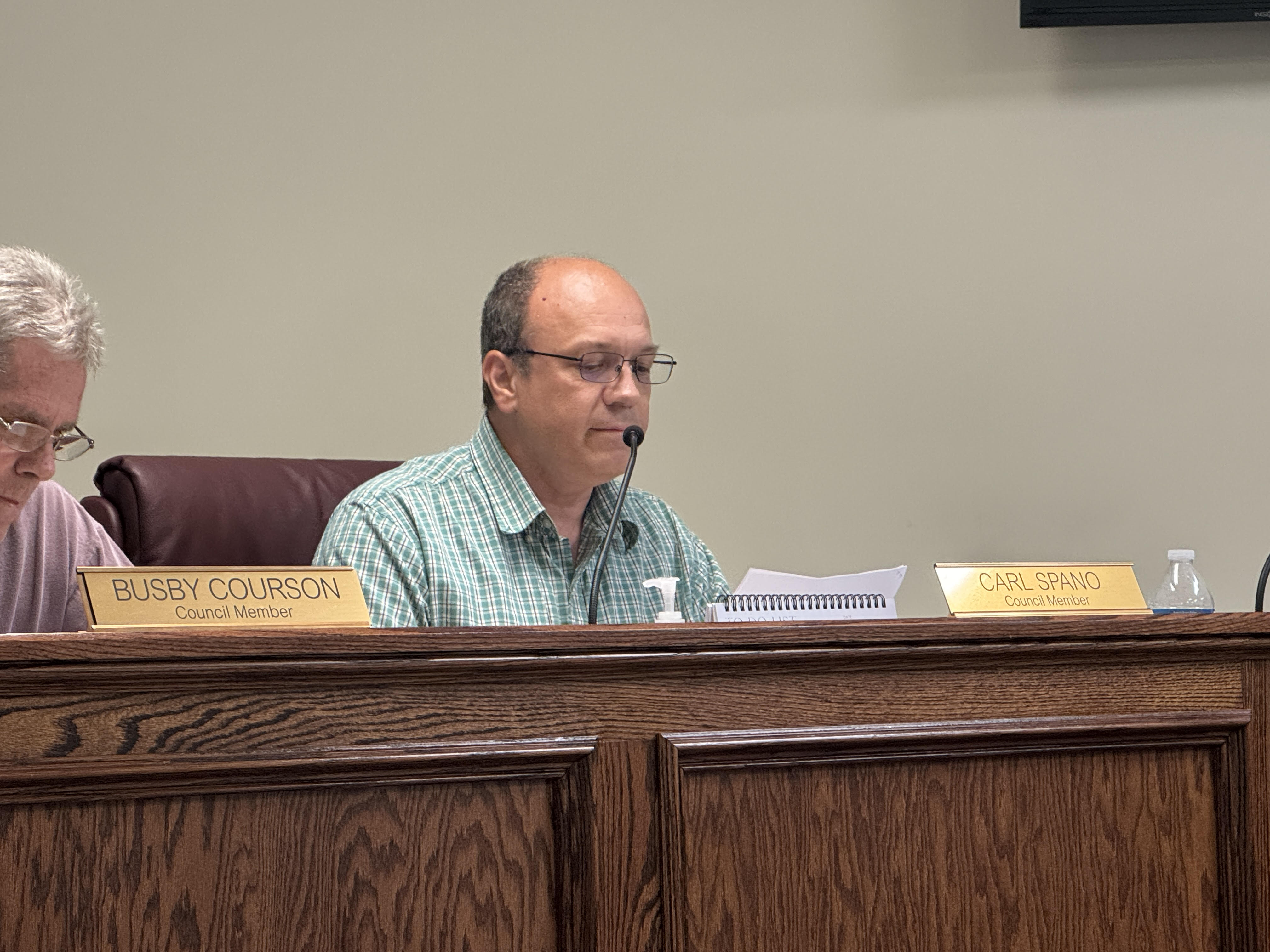FWC steps up enforcement of mallard rule
Published 10:00 am Wednesday, February 7, 2007
Did you know you need a special permit when buying a mallard duck in Florida? Retail outlets, such as feed-and-seed stores and flea market vendors, also are required to have permits to sell these ducks, and by law, they cannot sell mallards to anyone who does not have the proper permit.
Florida Fish and Wildlife Conservation Commission (FWC) law enforcement officers will be making routine visits to sellers of ducks, educating retailers on the rule and making sure of compliance.
“This is not a new law, but we are making an effort to make sure businesses selling mallard ducks are aware of it and its importance,” said Lt. Col. Michael Wiwi, FWC’s deputy director of law enforcement.
The rule, which also makes it unlawful to release captive-reared mallards into the wild, was passed by the FWC in 2004 to help protect the existence of the state’s native mottled duck – a unique subspecies found only in peninsular Florida.
The problem is, these pet mallards do not migrate and once released, become established, year-round residents of our state. When they mate with wild mottled ducks, it pushes Florida’s mottled duck population closer to extinction.
“Domesticated or feral mallards are crossbreeding with our mottled duck, producing hybrid offspring,” FWC biologist and waterfowl management program coordinator Diane Eggeman said. “This is a serious concern and if not stopped, this hybridization could result in the extinction of Florida’s mottled ducks.”
For more information on this rule or to learn how you can help protect Florida’s mottled duck, contact the FWC waterfowl office at (850) 488-5878, or visit MyFWC.com/duck.
Spotted seatrout fishing closed in North Florida
If you’re an avid spotted seatrout fisherman, February is a key month to remember.
The Florida Fish and Wildlife Conservation Commission has designated February as a closed month for spotted seatrout (also called “speckled trout”) in Coastal waters of the state’s Northeast and Northwest seatrout regions.
Simply put, anglers may continue to fish for spotted seatrout in the affected areas during February, but all fish must be immediately released unharmed.
Northeast Seatrout Region waters include state waters north of the Flagler-Volusia County line to the Florida-Georgia border, and adjacent federal Exclusive Economic Zone (EEZ) waters. Northwest Seatrout Region waters include all state waters north and west of a line running due west from the westernmost point of Fred Howard Park Causeway, which is approximately 1.17 nautical miles south of the Pasco-Pinellas county line to the Florida-Alabama border, and adjacent federal EEZ waters.
During all months except February, anglers in the Northeast and Northwest seatrout regions may keep no more than five spotted seatrout measuring from 15-20 inches total length, with one trout exceeding 20 inches total length. The bag limit in the state’s South Region is four fish per angler per day.





